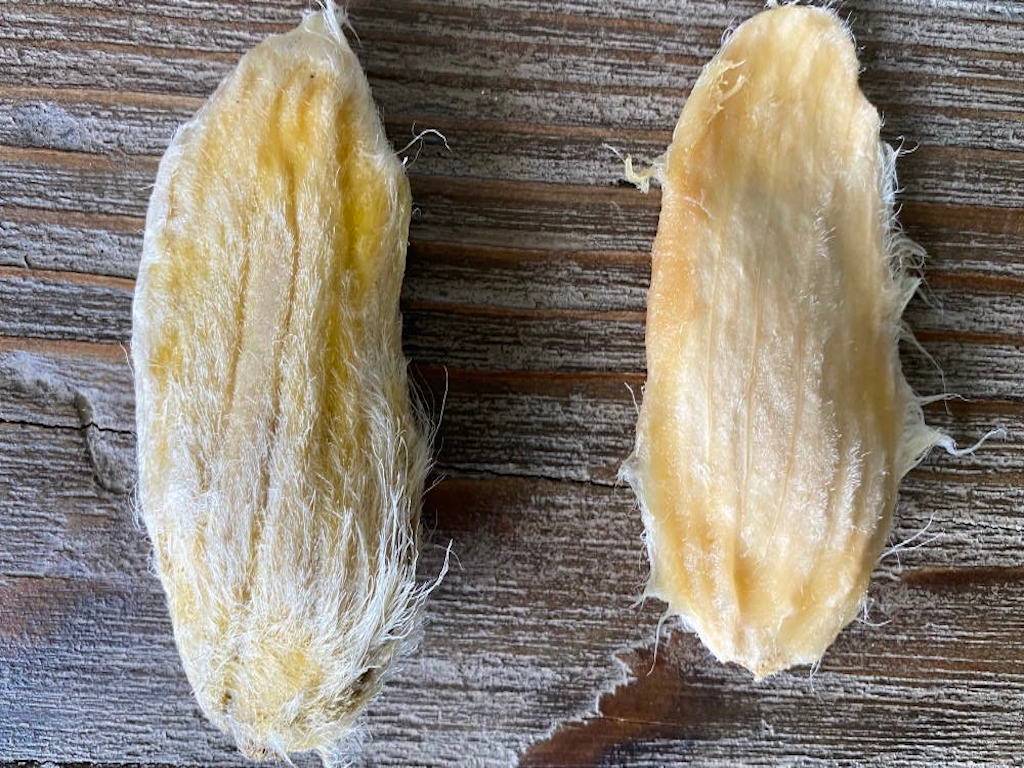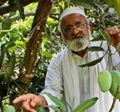
I dreamed of having a large garden all to myself as a youngster, but despite several tries, I had little success cultivating mango plants at home. We have been discarding the peel and seed of the mango for years after extracting the delicious pulp. I was saddened by the quantity of seeds that would otherwise go to waste, and I wondered whether there was any way to put them to good use. I only got around to doing something about it a few years ago.
I started looking into how to germinate the seed at home and if it was even feasible to produce a mango plant from the seed of the fruit without processing it. After all, it was the child within me that yearned for a mango plant of my own.
It took a few fruitless efforts, but after I figured out how to properly germinate a mango seed, I realized that with every discarded seed, I was losing a sapling with the potential to grow into a tree. And it wasn't even close to being possible for me to grow saplings at home to replace all of the mangoes we ate as a family. This made me wonder if mango seeds may be eaten and what health consequences they may have.
Mango seeds, to my surprise, have been used as a post-meal mouth refresher in Indian cuisine for years, and in powdered form, they are considered a healthy choice for those with high blood pressure and cholesterol. Even mango leaves have a lot of health benefits. After learning this, I hurriedly preserved every seed in the hopes of germinating or processing it to make it edible.
I've been growing my mango seedlings at home for the last three years, and my first plant is still doing well in my terrace garden. The experience and learning, on the other hand, took an unusual turn in the development chart over the preceding year. While the COVID-19 lockdown and instability lingered, I tried several ways for germinating the mango seed from the fruit.
With one approach in particular, I was able to germinate more than 30 seeds with minimal resources. I only required mango seeds, a bag of coconut fiber (coir), water, and a lidded container. Because I didn't have many tiny pots on hand when the seeds germinated, I planted them in milk packets so that I could easily give the saplings out to anyone who had space to put them in soil.
Here is the simplest technique with a high success rate, based on numerous attempts:
1st Step: Clean the hard shell of the mango seed after you've eaten the pulp.
2nd Step: Cut the shell open carefully without harming the inside seed.
3rd Step: The smaller seed's thin brown coating should be peeled off and washed clean.
4th Step: Place the cleaned seed in a jar with coconut fiber (coir) and water until the coir absorbs it.
5th Step: Place the container in the shade and cover it with a lid.
6th Step: If the coir is dry, spritz it with water once or twice a week. Make sure there's just enough water in the coir to keep it moist, but not too much.
The seed should sprout in a few days, and after ten days, the seed should have inch-long roots and a stem sprouting in the other direction. It may then be put in a tiny pot, coated with potting mix, and placed in a sunny location to watch it grow into a healthy sapling.
After the germinated mango seeds are potted, they don't take long to sprout their first few leaves, so there's something fresh to look out for in the garden every week. The first 30 days of a seed's life are fascinating to see. So, before you toss the seed into the trash, think twice.
Regarding the fruit peel, I've had a free supply of nutrient-rich compost at home since I started combining it with a little mud and putting it in a closed container. Furthermore, earning brownie points for preventing it from contributing to the landfill garbage pile is always a plus.










